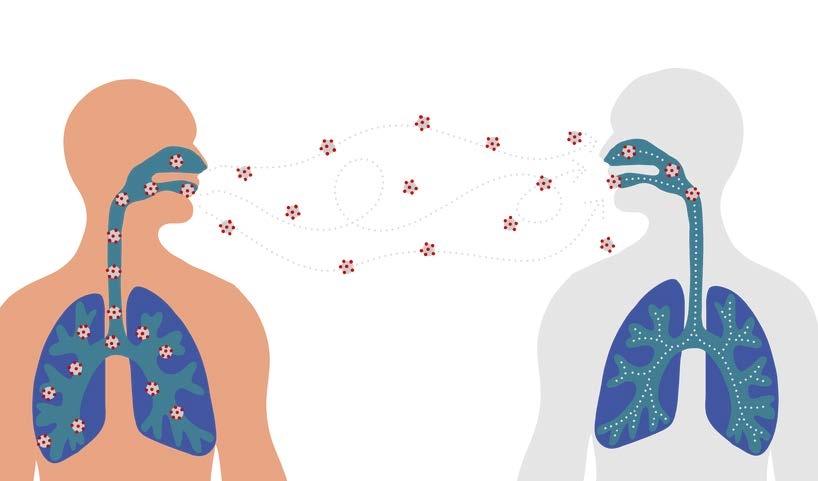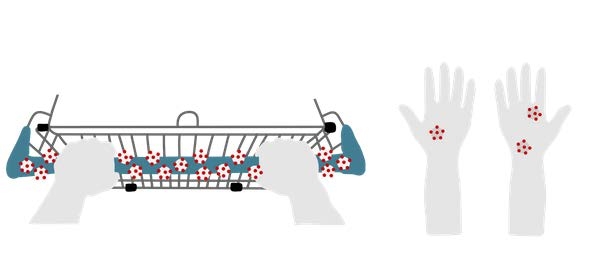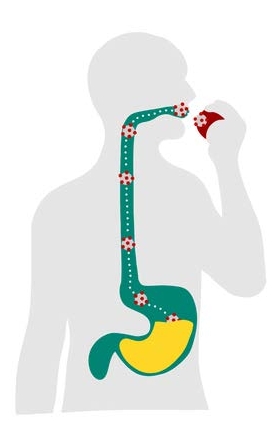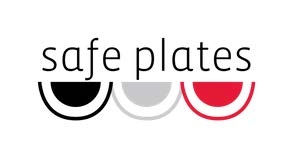SARS-CoV-2 Virus Transmission
ID
FST-381-3NP
PERSON-TO-PERSON

- SARS-CoV-2 (the virus that causes COVID-19) is primarily transmitted person-to-person
- The virus is carried through moisture droplets (like spit and mucus) and released into the air through coughing, talking, singing, yelling, sneezing, etc.
- Viral particles in these moisture droplets in the air can attach to cells in a healthy person, infect, replicate, and be dispersed again to infect other healthy people
- Particles usually only travel a few feet, which is why physical distancing of at least six feet is recommended. The highest risk zone for infection is to be closer than six feet. However particles may also travel further by aerosols and air conditioning/vents can help them move further from an infected person.
- Masks and face coverings are recommended since they trap some or most of these viral particles in the moisture droplets, reducing the spread of the virus.
SURFACES

- Surfaces have shown to be a factor in transmission, although probably much less than person-to-person transmission
- Published cluster investigations have documented only a few instances of surface related cases. Surfaces are increasingly thought to not be major source of infection.
- Virus that is on a surface would have to be touched by a person, and then that person would have to touch their mouth, nose or eyes and the virus would need to migrate to a cell with the proper receptor
- Viruses on surfaces become less infectious over time, depending on the surface material, temperature and other factors
- When a person touches a surface, not all of what is on that surface will be transferred to their hand, which is part of why surface transmission is less likely than person-to-person transmission
FOOD

- There are no documented cases of COVID-19 being contracted from food, but there have been several instances at places where food is served or sold due to person-to-person transmission especially without face coverings.
- No clusters of illnesses linked to food consumption or handling have been observed anywhere in the world, but epidemiologists and food safety professionals continue to look for links.
- The virus must come in contact with cells containing a specific receptor that allows entry into a cell and causes an infection. Moisture droplets inhaled appear to be the best way that the virus makes its way to respiratory cells and causes in infection resulting in the most serious COVID-19 symptoms. The virus can be found in salivary glands, and has been recovered from fecal matter but these sources have not been shown to lead to clusters of infections.
- Scientists believe that infection through the digestive tract is not very common as stomach acid helps inactivate the virus


Virginia Cooperative Extension materials are available for public use, reprint, or citation without further permission, provided the use includes credit to the author and to Virginia Cooperative Extension, Virginia Tech, and Virginia State University.
Virginia Cooperative Extension is a partnership of Virginia Tech, Virginia State University, the U.S. Department of Agriculture (USDA), and local governments, and is an equal opportunity employer. For the full non-discrimination statement, please visit ext.vt.edu/accessibility.
Publication Date
September 9, 2020




